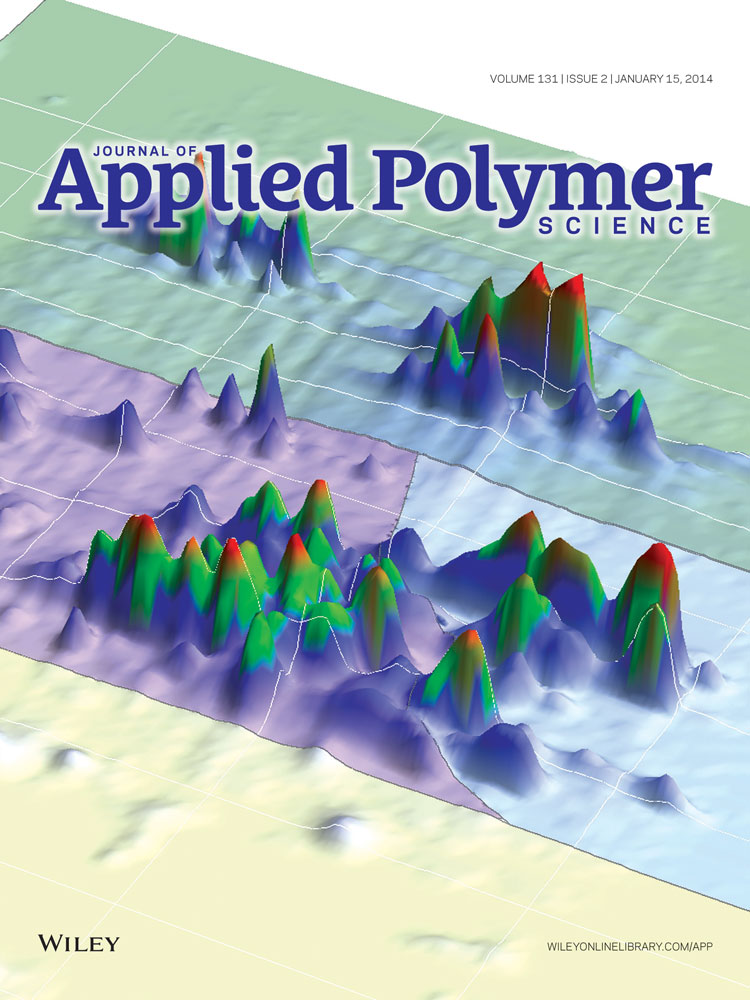Potentiometric, kinetic, and thermodynamic investigations into Cu2+ ion binding properties of vinyl imidazole containing IMAC adsorbent
ABSTRACT
In this study, the use of the potentiometric method for the determination of the protonation constant of vinyl imidazole (VIM) and the stability constant of the Cu2+ ion complex of VIM used in the immobilized metal ion affinity chromatography (IMAC) was investigated. For this purpose, poly(ethylene glycol dimethacrylate-n-vinyl imidazole) [poly(EGDMA–VIM)] microspheres (average diameter 150–200 μm) were prepared. The microspheres were characterized by elemental analysis, N2 adsorption/desorption isotherms, elemental analysis, energy dispersive spectroscopy (EDS). Protonation constants of vinyl imidazole and the metal-ligand stability constant of vinyl imidazole with Cu2+ ions have been determined potentiometrically in 0.1M NaCl aqueous solution at 298, 318, and 338 K, respectively. The corresponding thermodynamic parameters of protonation and complexation processes (ΔG, ΔH, and ΔS) were derived and discussed. The formation kinetics of Cu2+-vinyl imidazole complex were also investigated, and the process obeyed the pseudo-second-order kinetic model. © 2013 Wiley Periodicals, Inc. J. Appl. Polym. Sci. 2014, 131, 39751.




